404 Error Page for finance organization
This 404 error page was designed for a fintech platform, with the goal of balancing clarity, support, and professionalism. The page communicates the error message in a calm and respectful tone, helping users understand the issue without causing frustration.
To guide users effectively, it features:
- A clear and friendly headline (“Oops! Page not found”).
- A short explanatory paragraph offering reassurance and context.
- Primary and secondary CTAs that lead users back to the dashboard or help center.
- A visual illustration that adds a human touch without undermining brand trust.
- Optional support and search links for further assistance.
The layout is centered, responsive, and optimized for a 750 px desktop width. Typography, color palette, and spacing follow accessibility best practices (WCAG), ensuring readability and scannability across user types.
Reviews
5 reviews
That's a well-thought-out 404 error page design! It sounds like you've considered the user experience carefully. Here are a few revisions and suggestions that could further enhance it:
Headline:
- Consider a slightly more engaging or brand-aligned headline: While "Oops! Page not found" is clear, you could explore options like:
- "Looks like we've hit a snag!"
- "Lost in the digital woods?" (if your brand has a playful tone)
- "Something went wrong here." (still calm and direct)
Explanatory Paragraph:
- Be even more concise: While reassurance is good, shorter is often better on error pages. You could say something like:
- "Don't worry, the page you were looking for isn't here. Let's get you back on track."
- "It seems this page has moved or doesn't exist. We're here to help you find your way."
- Slightly rephrase for a more active voice: Instead of "helping users understand the issue," try "helping you understand what happened."
Primary and Secondary CTAs:
- Strengthen the primary CTA: "Back to Dashboard" is functional. Depending on the user's likely next step, you could consider:
- "Go to My Account" (if the dashboard is primarily for account management)
- "Return to Safety" (if you want to emphasize security)
- Clarify the distinction between CTAs: Ensure it's very clear which action is the most common or recommended (primary). Visually differentiate them.
Visual Illustration:
- Ensure the illustration aligns with the fintech theme: While a human touch is good, make sure the visual feels relevant to finance or technology in a subtle way.
- Consider subtle animation: A very gentle animation in the illustration could add a touch of dynamism without being distracting.
Optional Support and Search Links:
- Make them easily discoverable: Ensure these links are visible without cluttering the main CTAs. Consider using clear icons.
- Be specific with support options: Instead of just "Support," consider "Contact Support" or linking to specific help topics if common issues lead to 404s.
Layout and Accessibility:
- Consider mobile responsiveness beyond 750px: While 750px covers many desktops, test on a wider range of screen sizes to ensure consistent responsiveness.
- Double-check color contrast: Use tools to verify WCAG compliance for text and interactive elements against the background.
- Ensure keyboard navigation is intuitive: Users who rely on keyboards should be able to easily navigate all elements on the page.
Overall Tone:
- Maintain the calm and respectful tone: This is crucial for user trust, especially on a fintech platform.
Example of a Revised Version:
Headline: Looks like we've hit a snag!
Paragraph: Don't worry, the page you were looking for isn't here. Let's get you back on track.
Primary CTA: Go to My Account
Secondary CTA: Visit our Help Center
[Visual Illustration: A friendly, abstract graphic with subtle financial technology elements]
Need more help? [Link to Contact Support] | [Link to Site Search]
By implementing some of these revisions, you can make an already effective 404 page even more user-friendly and brand-consistent. Great job on considering all the key elements!
The page has a clean, well-balanced design and is thoughtfully structured.
The illustration is visually appealing and effectively communicates the intended message. However, it is currently positioned all the way to the edge of the screen. Adding a margin on that side could help maintain visual balance, especially since there’s already a margin on the opposite side of the page.
You might want to revisit the messaging between “Let’s get you back to managing your finances” and “How can we help you get back on track?” Instead of using multiple lines with similar intent, one strong, clear message might stand more effectively on its own.
Also, aligning the buttons to have the same width would help create a more polished look.
Overall, your work looks fantastic. Would love to hear your thoughts on this!
Great work, Vinicio 👏 This 404 page strikes a good balance of clarity, professionalism, and user support — exactly what’s needed in a fintech context. The layout feels clean and accessible, the CTAs are well thought out, and the illustration adds a friendly human touch without losing credibility. Overall, it’s a polished and user-centered execution that reflects solid design thinking 🚀✨
Vinicio,
Well done! Your error page shows that you have thought about how to help your user, not just inform them.
Often, 404 pages only tell the user there's an error, but without any support or assistance.
I would consider your text hierarchy and UX writing, as also suggested in the previous comment.
Example:
"Let's get you back to your money."
"Get back on track."
Otherwise, nice, clean, and nicely thought-out out design.
I can see this is a 404 error page from a financial management platform called "uifry". The design shows a well-crafted error page with:
- A clear "Oops! Page not found" heading
- Helpful text explaining that the page isn't available
- A reassuring message: "Let's get you back to managing your finances"
- Multiple navigation options: "Go to Dashboard", "Browse Help Center", and a search bar
- A "Still need help?" link at the bottom
- An illustration of a confused person at a computer with an error screen
This is a good example of user-friendly error page design because it:
1. Clearly communicates the problem
2. Maintains brand identity
3. Offers multiple paths forward for users
4. Uses friendly, solution-oriented language
5. Includes both visual elements and text to engage users
The page effectively turns a potential frustration point into an opportunity to guide users back to productive areas of the platform.
You might also like
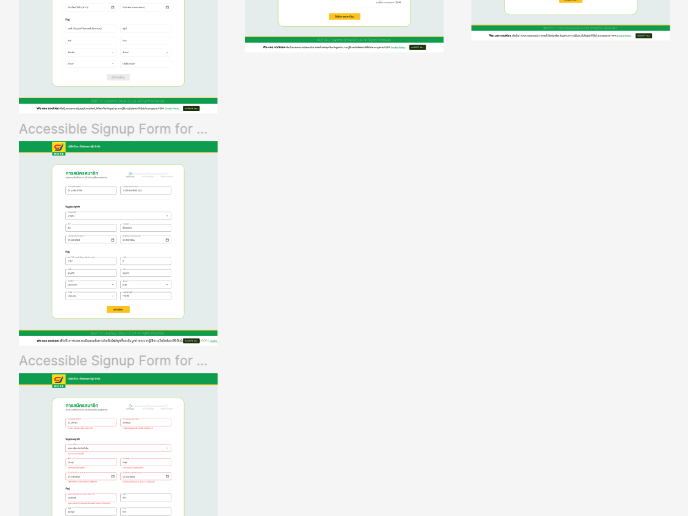
Accessible Signup Form for SaaS Platform
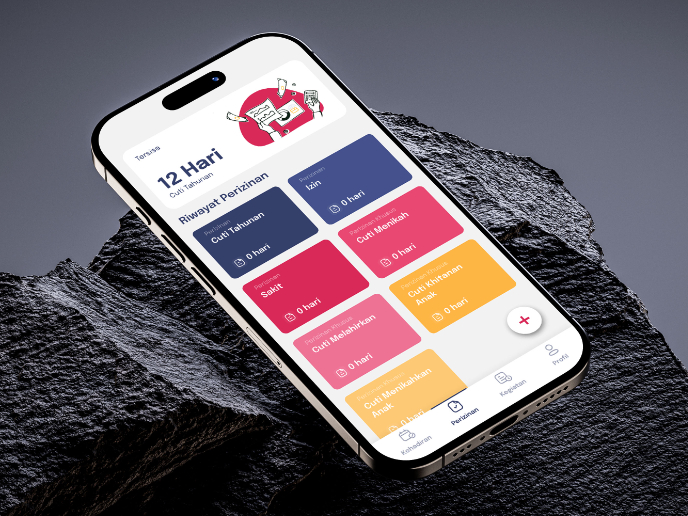
SIPALA - Attendance, Leave, and Activity Management System
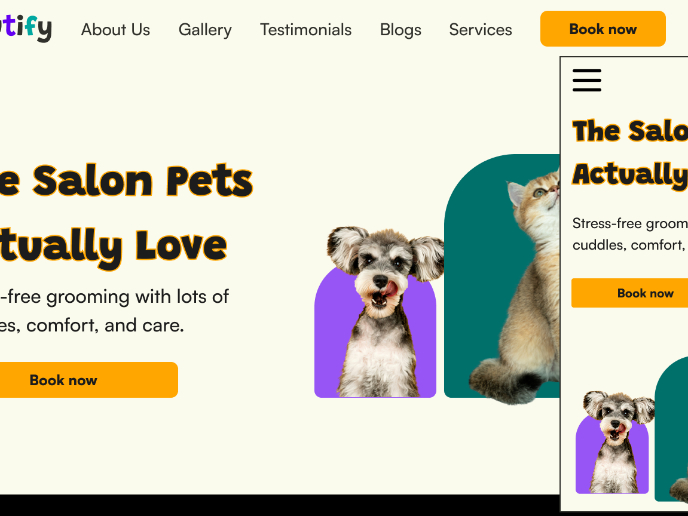
Pawtify - Responsive Landing Page Brief
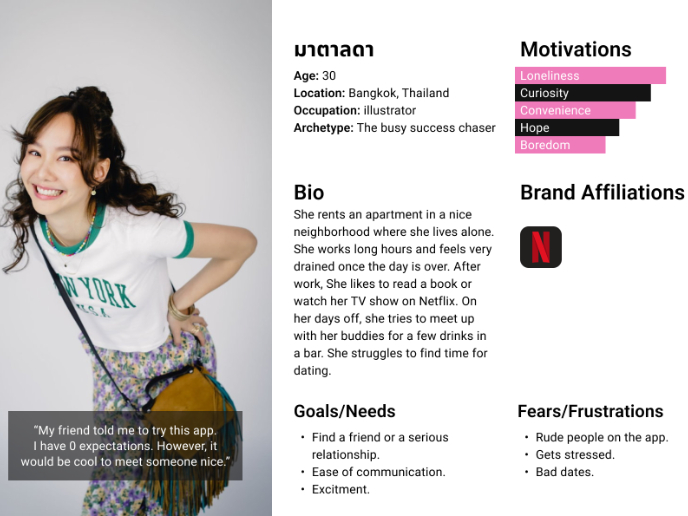
Develop a User Persona
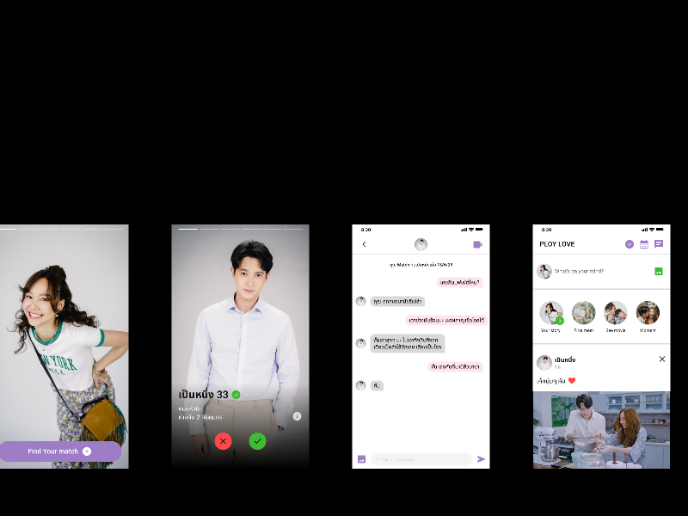
Plan A/B Test for the Onboarding Flow
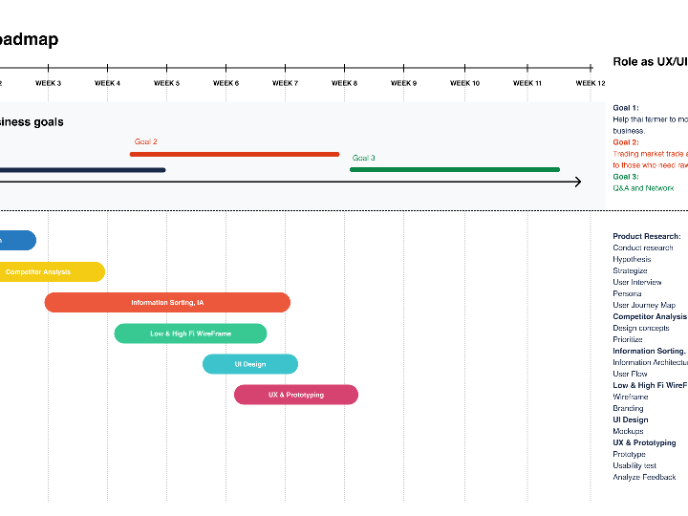
Build a Product Roadmap
Content Strategy Courses

UX Writing

Common Design Patterns













